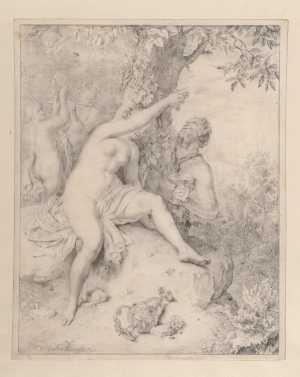Specifications
| Title | Torso of a Nude Man, Seen From the Back |
|---|---|
| Material and technique | Black chalk, pen and brown ink |
| Object type |
Drawing
> Two-dimensional object
> Art object
|
| Location | This object is in storage |
| Dimensions |
Height 186 mm Width 117 mm |
|---|---|
| Artists |
Draughtsman:
Anthonie van Dijck
|
| Accession number | MB 5022 verso (PK) |
| Credits | From the estate of F.J.O. Boijmans, 1847 |
| Department | Drawings & Prints |
| Acquisition date | 1847 |
| Creation date | in circa 1618-1621 |
| Collector | Collector / F.J.O. Boijmans |
| Internal exhibitions |
Rubens, Jordaens, Van Dyck en tijdgenoten (2001) |
| Material | |
| Object | |
| Geographical origin | Southern Netherlands > The Netherlands > Western Europe > Europe |























